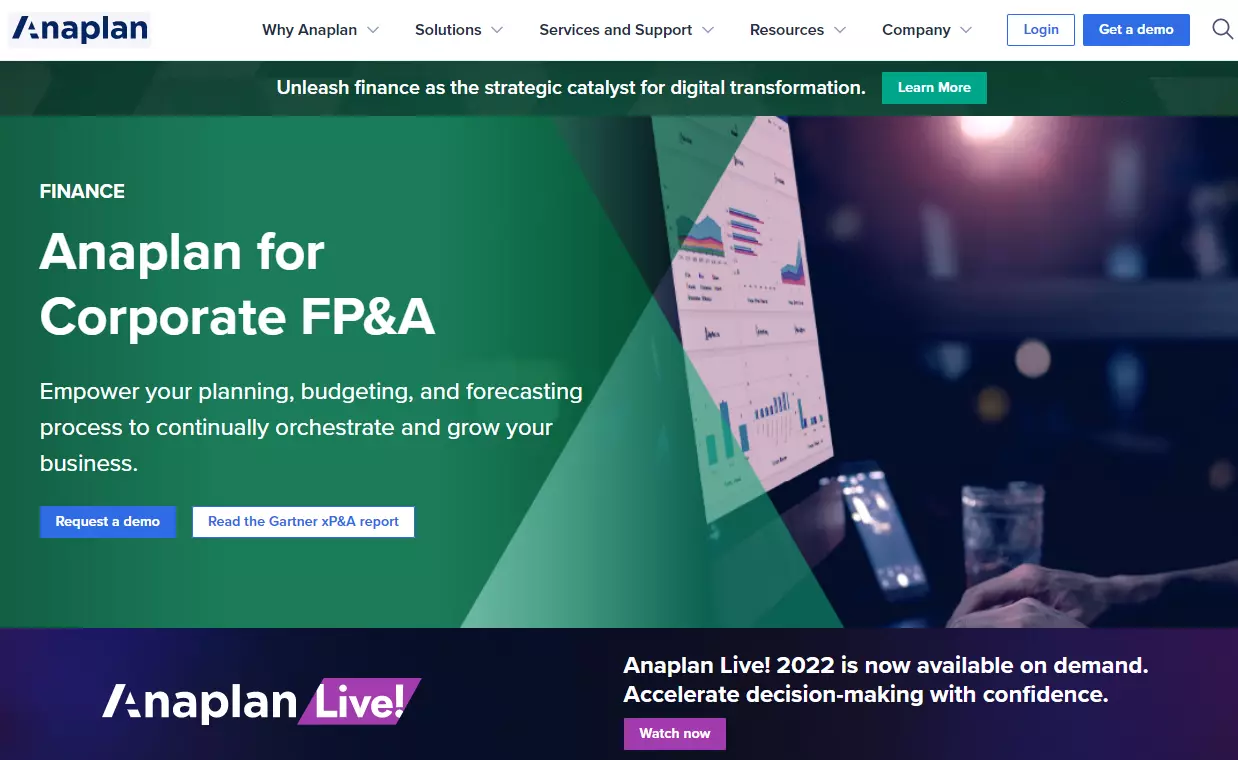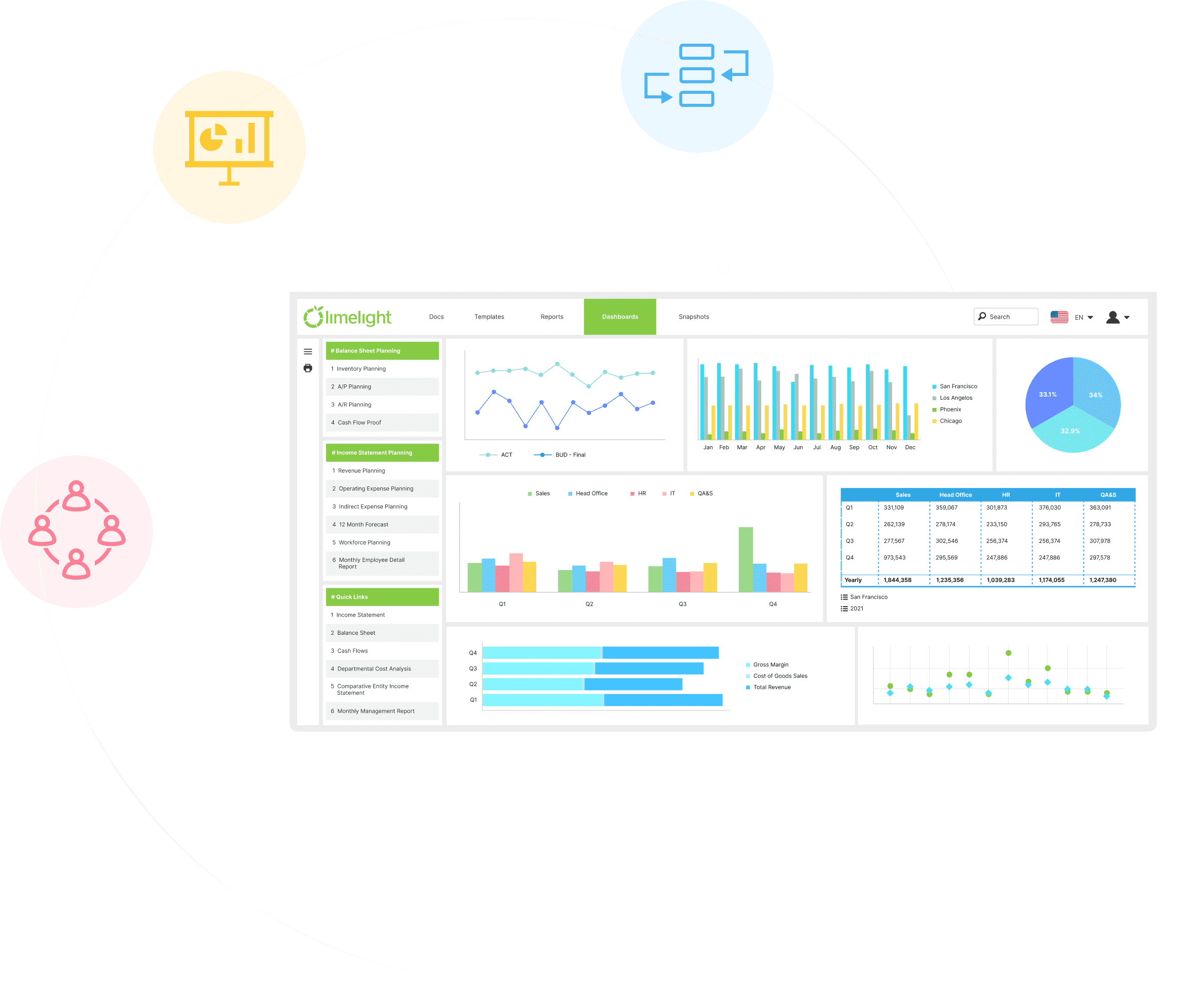FP&A Software: Your Guide to Smarter Financial Planning & Analysis
Financial planning and analysis (FP&A) is the backbone of any successful business. It’s the process of gathering, analyzing, and interpreting financial data to make informed business decisions. But without the right tools, FP&A can quickly become a time-consuming, error-prone, and frustrating process. That’s where FP&A software comes in. This comprehensive guide will help you understand what FP&A software is, its benefits, key features to look for, and how to choose the right solution for your business.
Keywords: FP&A software, financial planning and analysis, budgeting software, forecasting software, financial reporting software, data analytics, business intelligence, cloud-based FP&A, on-premise FP&A, SaaS FP&A, FP&A best practices
What is FP&A Software?
FP&A software is a type of business intelligence (BI) software designed to streamline and automate the financial planning and analysis process. Think of it as your central hub for all things financial. It pulls data from various sources – your accounting system, CRM, sales data, and more – and consolidates it into a single, easily accessible location. This allows you to create budgets, forecasts, reports, and dashboards, all within one platform.
Instead of manually crunching numbers in spreadsheets (which is prone to errors and incredibly time-consuming!), FP&A software automates many of these tasks, giving you more time to focus on strategic analysis and decision-making. It empowers you to see trends, identify risks, and optimize your business performance with greater accuracy and speed.
Keywords: FP&A software definition, business intelligence software, financial data consolidation, automated financial planning, budgeting automation, forecasting automation
Key Benefits of Using FP&A Software
The benefits of using FP&A software are numerous and extend far beyond simply automating tasks. Here are some key advantages you can expect:

Improved Accuracy: Manual data entry and calculations are rife with potential errors. FP&A software minimizes these errors, leading to more accurate financial reports and forecasts.
-
Increased Efficiency: Automation streamlines tasks, freeing up your time to focus on strategic analysis and decision-making.
-
Better Collaboration: Many FP&A solutions offer collaborative features, allowing team members to work together on budgets, forecasts, and reports simultaneously.
-
Enhanced Data Visibility: You gain a clear, comprehensive view of your financial data, enabling better understanding of your business performance.

-
Data-Driven Decision Making: FP&A software provides the insights you need to make informed, data-driven decisions.
-
Improved Forecasting Accuracy: Sophisticated algorithms and modeling capabilities allow for more accurate and reliable forecasts.
-
Streamlined Reporting: Generate professional, customized reports quickly and easily.

Keywords: FP&A software benefits, improved accuracy, increased efficiency, collaboration, data visibility, data-driven decision making, forecasting accuracy, streamlined reporting
Essential Features of FP&A Software
While the specific features vary across different FP&A software solutions, there are some core functionalities you should look for:
-
Budgeting and Planning: The ability to create, manage, and track budgets across different departments and cost centers.
-
Forecasting: Tools to create accurate financial forecasts based on historical data, market trends, and other relevant factors.
-
Reporting and Dashboards: The capacity to generate customized reports and interactive dashboards to visualize key performance indicators (KPIs).
-
Data Integration: Seamless integration with your existing accounting systems, CRM, and other data sources.
-
Data Visualization: Clear and intuitive visualizations of financial data, making it easier to understand complex information.
-
Collaboration Tools: Features that facilitate collaboration among team members.
-
Scenario Planning: The ability to model different "what-if" scenarios to assess the potential impact of various decisions.
-
Workflow Automation: Automating repetitive tasks to improve efficiency.
Keywords: FP&A software features, budgeting, forecasting, reporting, data integration, data visualization, collaboration, scenario planning, workflow automation
| Feature | Description | Importance |
|---|---|---|
| Budgeting | Create and manage budgets across departments and cost centers. | Crucial for financial planning and resource allocation. |
| Forecasting | Predict future financial performance based on historical data and trends. | Essential for proactive decision-making and risk management. |
| Reporting | Generate customized reports and dashboards to visualize key performance indicators (KPIs). | Enables effective monitoring of performance and identification of areas for improvement. |
| Data Integration | Seamlessly connect with existing accounting and other business systems. | Ensures data accuracy and reduces manual data entry. |
Choosing the Right FP&A Software
Selecting the right FP&A software depends on your specific needs and budget. Consider the following factors:
-
Your Business Size and Complexity: A small business may need a simpler solution than a large enterprise.
-
Your Budget: FP&A software comes in various price ranges.
-
Your Existing IT Infrastructure: Ensure compatibility with your current systems.
-
Your Team’s Technical Skills: Choose a solution that is user-friendly for your team.
-
Scalability: The software should be able to grow with your business.
Keywords: FP&A software selection, choosing FP&A software, business size, budget, IT infrastructure, technical skills, scalability
Types of FP&A Software
FP&A software comes in different deployment models:
-
Cloud-based FP&A: Software hosted on a cloud server, accessible from anywhere with an internet connection. This offers flexibility and scalability.
-
On-premise FP&A: Software installed and maintained on your own servers. This provides greater control but requires more IT resources.
-
SaaS (Software as a Service) FP&A: A subscription-based model where the software provider handles hosting and maintenance. This is often the most cost-effective option.
Keywords: Cloud-based FP&A, on-premise FP&A, SaaS FP&A, deployment models
| Deployment Model | Advantages | Disadvantages |
|---|---|---|
| Cloud-based | Accessibility, scalability, cost-effectiveness, automatic updates | Reliance on internet connection, potential security concerns |
| On-premise | Greater control, customization, enhanced security | Higher upfront costs, requires dedicated IT resources, manual updates |
| SaaS | Cost-effectiveness, ease of use, automatic updates, scalability | Less control over customization, dependence on the software provider |
Implementing FP&A Software
Implementing FP&A software involves several key steps:
-
Needs Assessment: Clearly define your requirements and goals.
-
Software Selection: Research and choose the best software for your needs.
-
Data Migration: Transfer your existing financial data to the new system.
-
Training: Train your team on how to use the software effectively.
-
Integration: Integrate the software with your existing systems.
-
Testing: Thoroughly test the software before going live.
-
Go-Live: Launch the software and begin using it.
-
Ongoing Support: Ensure ongoing support and maintenance.
Keywords: FP&A software implementation, needs assessment, software selection, data migration, training, integration, testing, go-live, ongoing support
Conclusion
Investing in FP&A software is a strategic move that can significantly enhance your financial planning and analysis capabilities. By automating tasks, improving accuracy, and providing valuable insights, FP&A software empowers you to make better decisions, optimize your business performance, and achieve your financial goals. Choosing the right software requires careful consideration of your specific needs and a thorough evaluation of available options. Remember to prioritize features that align with your business goals and ensure seamless integration with your existing systems.
Keywords: FP&A software conclusion, financial planning, business performance, decision making, software selection, integration
Frequently Asked Questions (FAQs)
-
Q: How much does FP&A software cost?
A: The cost of FP&A software varies widely depending on the vendor, features, and deployment model. Expect to pay anywhere from a few hundred dollars per month to several thousand dollars per year. -
Q: How long does it take to implement FP&A software?
A: Implementation time depends on the complexity of your business and the chosen software. It can range from a few weeks to several months. -
Q: What are the key risks of implementing FP&A software?
A: Key risks include inadequate training, poor data integration, and resistance from employees. -
Q: How can I ensure the success of my FP&A software implementation?
A: Successful implementation requires careful planning, thorough testing, and ongoing support. Engage your team throughout the process and provide adequate training. -
Q: What are some examples of popular FP&A software solutions?
A: Many vendors offer FP&A software. Research and compare solutions from providers like Anaplan, BlackLine, Vena, and many others.
Keywords: FP&A software cost, implementation time, implementation risks, implementation success, popular FP&A software
Semoga artikel ini membantu. Beri tahu saya jika Anda ingin saya membuat perubahan atau penambahan apa pun.
.png)